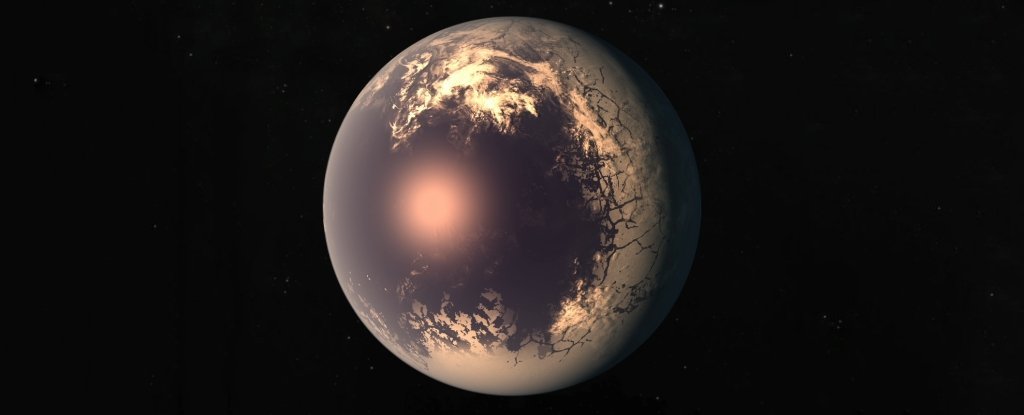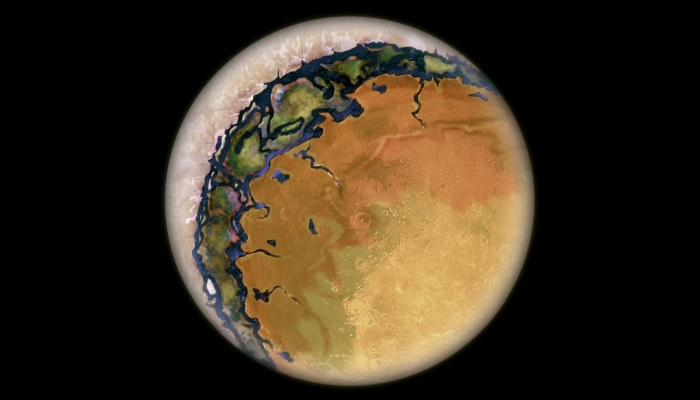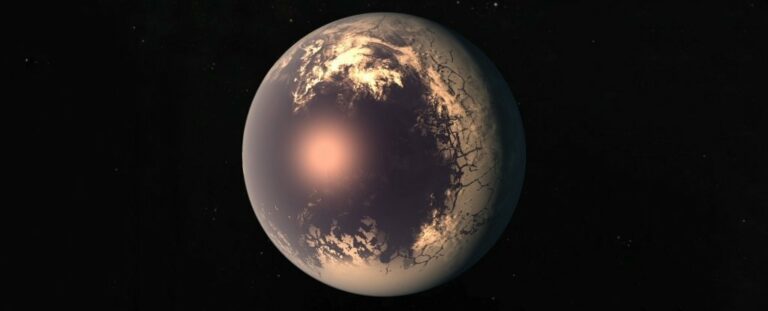Ocular Planets Might Be Real, and Their Existence Is as Eerie as it Sounds
You’re familiar with hot Jupiters. You know about mini-Neptunes. You’ve heard of super-Earths. But what about Eyeball Planets? Indeed, planetary scientists speculate that a certain type of exoplanet could bear an uncanny resemblance to a colossal eyeball, just hanging in space, gazing intently.

However, it’s not as peculiar as it may initially sound—the peculiar appearance of these celestial bodies is attributed to a phenomenon known as tidal locking.Tidal locking occurs when a celestial body’s rotation synchronizes with its orbital period, resulting in one side constantly facing the body it orbits, while the opposite side remains permanently hidden.
For instance, the Moon is tidally locked to Earth, explaining why we never observe its far side from our vantage point.Although Earth is not tidally locked to the Sun—allowing for our day/night cycle—there are exoplanets known to be tidally locked to their stars. This means that one side experiences perpetual daylight, while the other remains in perpetual darkness.
Subjected to such distinct conditions, the day side may exhibit striking differences from the night side. Depending on the planet’s proximity to the star, the day side could be arid, with water evaporated by stellar radiation; meanwhile, the perpetually dark side might boast an extensive ice cap encircling it, creating a glacial ring. An illustration of this concept is depicted below:

As per a 2013 study published in the journal Astrobiology, this ring might be suitable for habitation, existing in perpetual twilight where water from melting glaciers could create a fertile area conducive to vegetation growth.Enter the hot eyeball. According to astronomer Sean Raymond, there’s also the icy eyeball, situated farther from its star’s warmth. Despite featuring a night-side ice cap, the star-facing side is not a desolate, arid expanse like Earth; instead, it hosts a liquid ocean, potentially habitable, akin to the thriving seas on Earth.”
Hothouse eyeball and icehouse eyeball planets represent extreme scenarios, but any planet tidally locked to its star is expected to showcase significant disparities between its day and night sides,” Raymond pointed out.These distinctions may arise from various factors, including cloud formations concentrated in specific areas, selective melting of ice on the day side or freezing on the night side, among other potential sources. As Raymond suggests, the galaxy might be teeming with an array of peculiar eyeball planets.Given the vastness of the cosmos, with its giant space eyeballs, it stands as one of the less unconventional concepts. The possibilities out there are truly limitless.
Do not forget to share your opinion with us to provide you with the best posts !




0 Comments